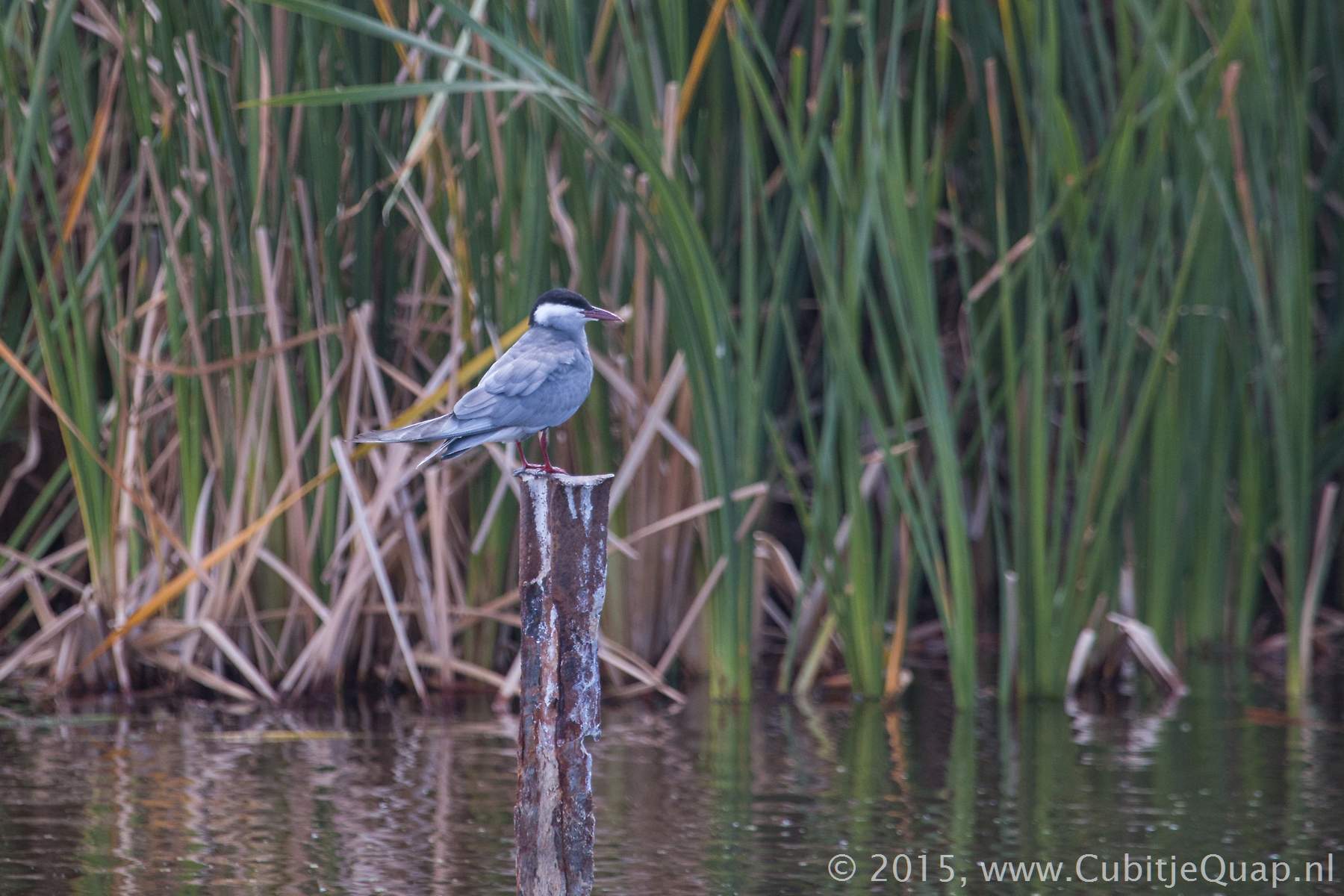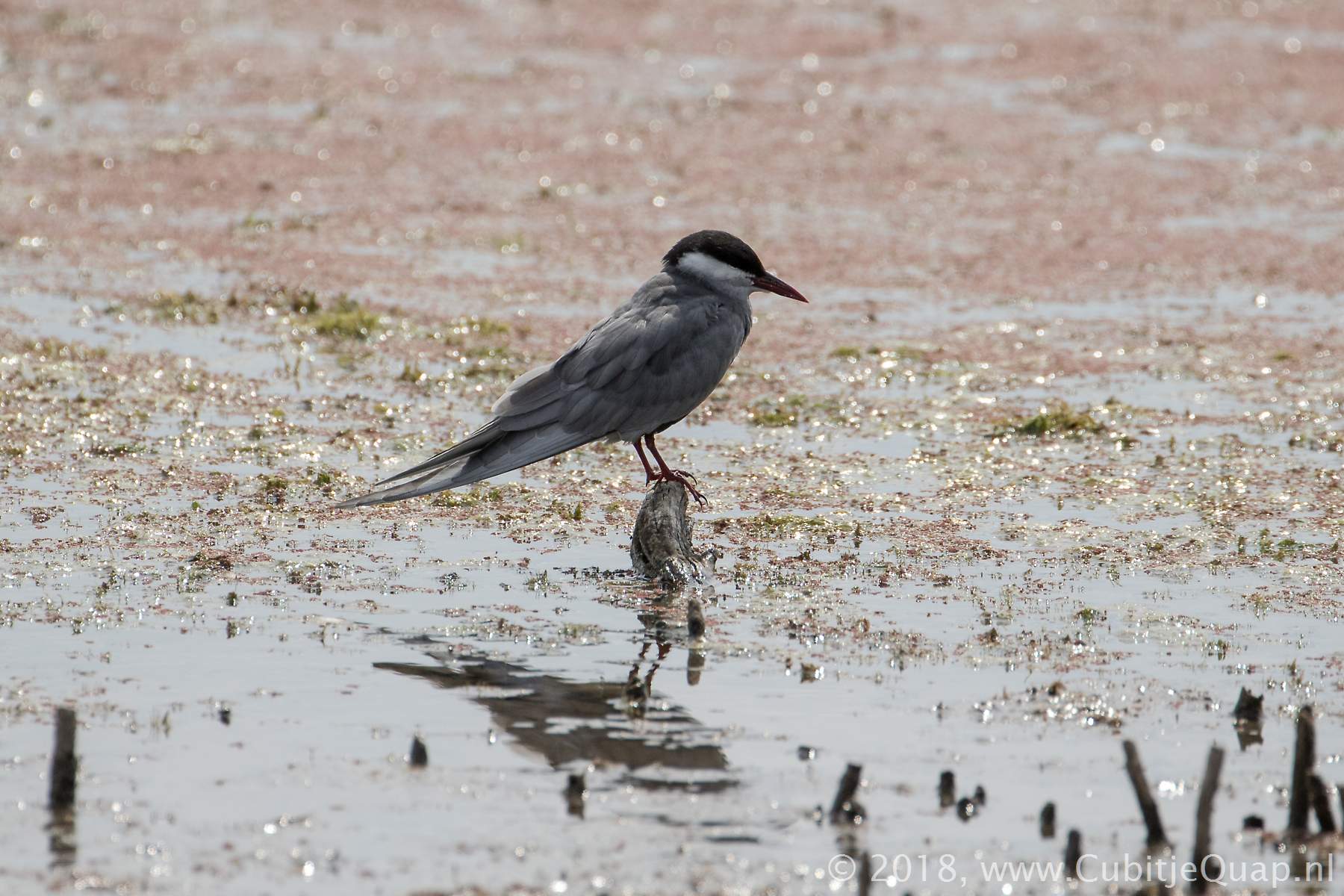Terns Information page
Description
Sleek, predominantly white or grey waterbirds of oceans, estuaries, lakes, pans and dams. Many of the subspecies are difficult to tell apart. generally the goup divides into coastal or marine terns (17 of the 19 subspecies) and freshwater of inland terns (only whiskered tern and white-winged tern). Terns are closely related to gulls, skimmers, skuas and jaegers. They have three webbed front toes and a reduced hind toe. The wings are long and pointed.Most species are gregarious by day. They roost communally on shorelines at nihgt.
Terns prefer to forage (often alone) in shallow, clear water for fish, but they also eat crustaceans and molluscs. They catch prey using plunge-dives, often preceeded by hovering, and surface-dipping. prey is usually swallowed on the win, head first.
While out at sea, they may rest flaoting on debris, but they will also sleep on the wing.
Only a few subspecies breed in the region, usually laying a clutch of 1 - 3 cryptically marked eggs in a shallow depression or small mound of vegetation. Incubation and care of young is taken on by both parents.
Scientific names
Hydroprogne = water swallowChlidonias = swallow-like
Birds in this category
Interesting links
Wikipediafatbirder.com


